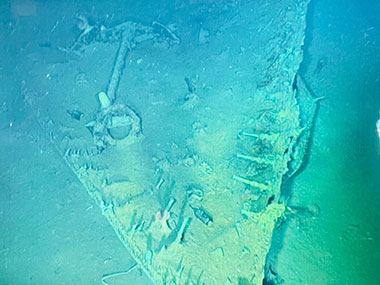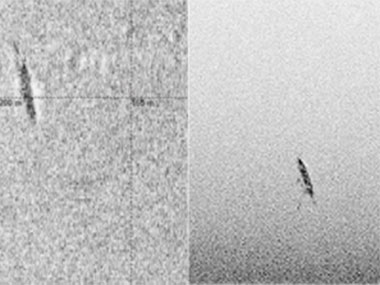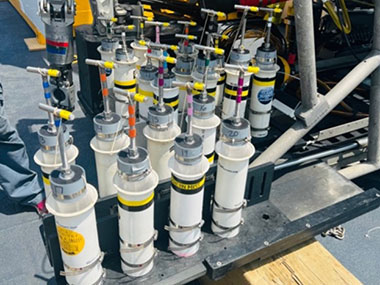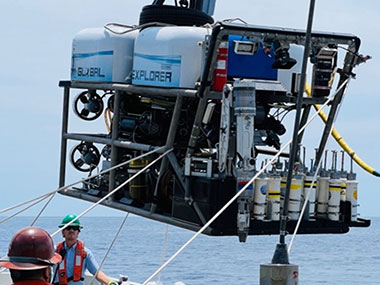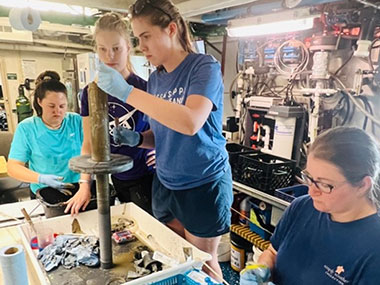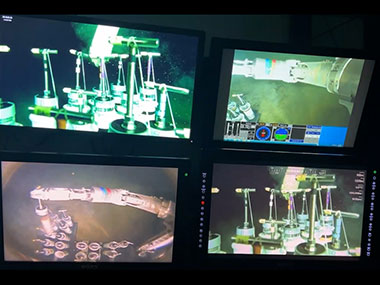Islands Under Sea: Shipwreck Microbiomes of Keathley Canyon
August 18 - 29, 2023
NOAA Ship Nancy Foster
Keathley Canyon, Gulf of Mexico
Investigate previously identified target in side-scan sonar surveys, collect deep-sea sediment samples associated with known shipwrecks
Remotely operated vehicle
Expedition Summary
Beneath the ocean's surface, a hidden world of marine microbes shapes the planet's ecosystems. Despite being the foundation of life, the diversity and distribution of these microorganisms remain largely under-sampled and uncharted, especially in the deep-sea. With an estimate of over 4,000 shipwrecks in the Gulf of Mexico alone, shipwrecks emerge as a unique underwater laboratory offering a window into the past and opportunity to demystify the intricate dynamics of shipwreck microbiomes.
From August 18 to August 29, 2023, the University of Southern Mississippi (USM), in collaboration with the Bureau of Ocean and Energy Management (BOEM) and Oceaneering, embarked on a mission aboard NOAA Ship Nancy Foster to explore how historic shipwrecks shape deep-sea microbiomes. The 11-day expedition began with the investigation of five sonar targets previously identified in side-scan sonar surveys of Keathley Canyon, with the hope of discovering new historic shipwreck sites. In the unpredictable world of science, expectations often meet the reality that you might not always find what you are searching for: all sonar targets were confirmed as non-shipwreck sites. However, the quest for knowledge continued with the collection of deep-sea sediment samples associated with a nearby cluster of known historic shipwrecks, collectively known as the Monterrey Shipwrecks. This site consists of three 19th-century, wooden-hulled vessels, with each shipwreck uniquely positioned in close proximity to the other. Previous expeditions in 2013, 2014, and 2017 focused primarily on the collection of archaeological baseline data and lacked the high-resolution sediment sampling needed for microbial research.
To fill this knowledge gap, the 2023 expedition team conducted remotely operated vehicle (ROV) survey transects around each shipwreck, collecting sediment cores from various locations around the three shipwreck sites. Once the cores made their way safely back to the Nancy Foster, the science team carefully transferred them to the wet lab for processing and slicing at two-centimeter increments for DNA analysis. The sediment samples were transferred to USM for DNA extraction and sequencing. After sequencing, the samples will contribute to ongoing development of DNA-based exploration tools for assessing deep-sea microbial diversity and distribution.
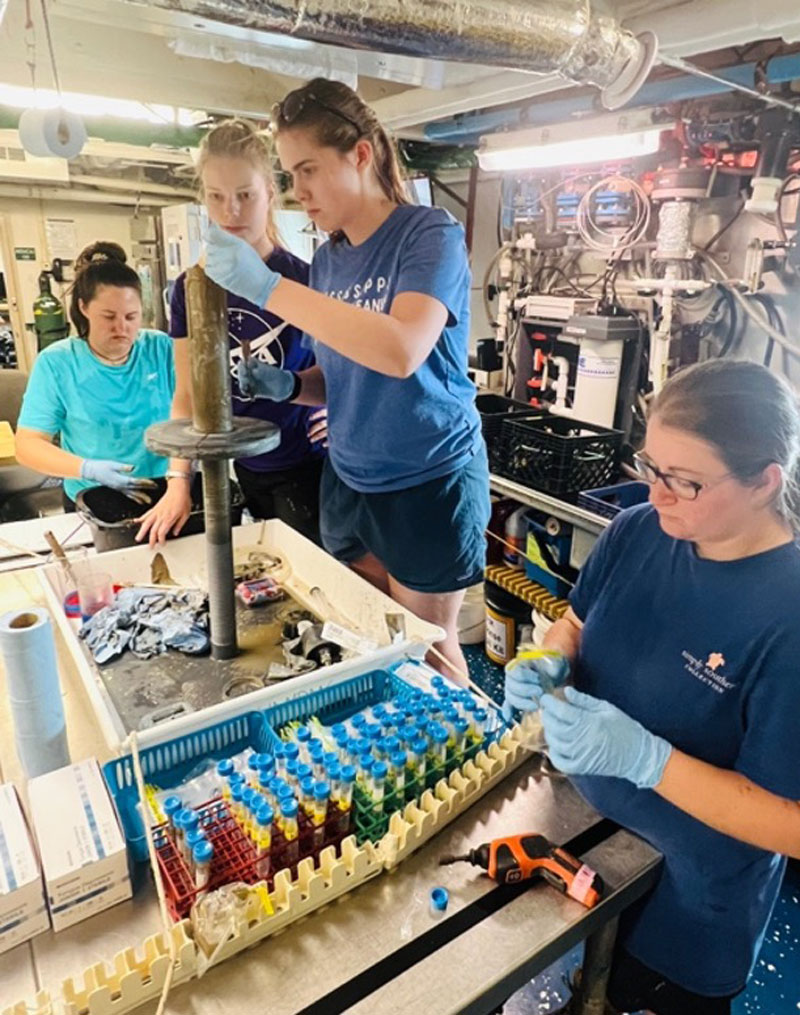
Shipwrecks act as abundant, isolated biodiversity hotspots exhibiting "island-like" signatures. By studying marine microbial biogeography, new scientific tools can be developed using microbiome signatures for discovery and characterization of cultural and natural seafloor features. The clustering of the Monterrey Shipwrecks provides a distinct landscape for studying the transition zones or "ecotones" of microorganism influence associated with built environments like shipwrecks. The sediment samples from the 2023 expedition will serve to address this goal and illuminate shipwrecks’ role in seafloor biogeography. As human-made structures on the seabed multiply, marine microbial research is both timely and essential, providing insights into the impact of shipwrecks on the seafloor and the future of our oceans.
Images and Videos
Exploration Team
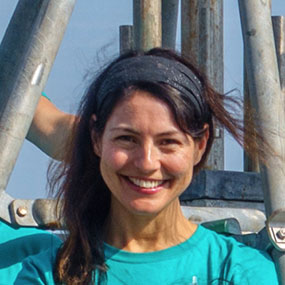
Leila Hamdan
Associate Vice President for Research, Coastal Operations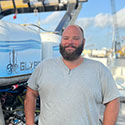
Nathan Lipe
Remotely Operated Vehicle Technician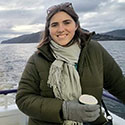
Rowan McConville
Research Technician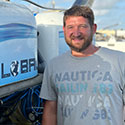
Tim Cook
Remotely Operated Vehicle Superintendent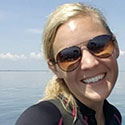
Kara Davis
Marine Education Project ManagerEducation Content
Education theme pages provide the best of NOAA Ocean Exploration's related web content to support educators in the classroom. Each theme page includes background information, lessons, multimedia, career information, and links to related projects and expeditions.
Related Links
Media Contacts
Emily Crum
Communication Specialist
NOAA Ocean Exploration
ocean-explore-comms@noaa.gov
This project was supported by NOAA Ocean Exploration, the Bureau of Ocean Energy Management, and NOAA UxS Operations Center via the NOAA Ocean Exploration Cooperative Institute.
Published January 26, 2024
